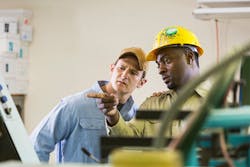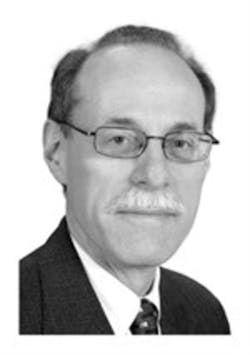In previous articles, I discussed how working a problem backward from an artifact to find its cause can create considerable uncertainty. Nonetheless, this approach is sometimes the best and often the only way to find a cause (such as when studying dinosaurs). In contrast, working the problem forward (when possible) tends to create less uncertainty.
Being confronted with how to approach a problem actually occurred in a recent legal case (of course, not with eggs as previously described). In this case, various experts who were ostensibly knowledgeable in their areas of expertise examined the artifacts to determine the cause of the problem. However, the perspectives of these experts were limited to their respective fields.
You might say that, "to a hammer, everything is a nail." As a child, I remember hearing that, "if you go to a surgeon, you get surgery." Given an artifact, a mechanical engineer might examine its shape and strength, a metallurgist might determine its composition, a corrosion specialist might determine its corrosive properties and whether evidence of corrosion was found, a civil engineer might determine if it was adequately supported, an electrical engineer might determine if it was wired properly, a piping engineer might determine if it was piped properly, and so on.
In this particular case, examining the artifact created a significant amount of uncertainty as to what failed and why. Starting with the known operating conditions and performing calculations to work the problem forward revealed that operating conditions existed that would cause damage similar to that observed in the actual artifacts.
This is not to say that instrumentation engineers know all. It often takes an open mind and multiple experts to examine problems from different perspectives to determine what really happened and resolve the problem in future operation. This same approach can be taken at the local plant internally and (when appropriate) by hiring the proper expert with the proper skill set at the proper time to examine the proper problem(s).
David W. Spitzer is a regular contributor to Flow Control magazine and a principal in Spitzer and Boyes LLC, which offers engineering, seminars, strategic, marketing consulting, distribution consulting and expert witness services for manufacturing and automation companies. Spitzer and Boyes is also the publisher of the Industrial Automation INSIDER. He has more than 40 years of experience and has written more than 10 books and 350 articles about flow measurement, instrumentation and process control.
Spitzer may be reached at 845-623-1830 or via spitzerandboyes.com. Click on the "Products" tab to find his Consumer Guides to various flow and level measurement technologies.



